USA and Canada

U.S. legislation targets shipping container crisis
Exporters of Canadian agricultural products are looking with envy at legislation wending its way through the U.S. Congress.
The House of Representatives and Senate have both passed versions of the Ocean Shipping Reform Act, which would give more regulatory oversight to the Federal Maritime Commission.
The legislation is in response to shipper complaints about the unwillingness of ocean carriers to provide empty containers for the export of U.S. products, including agricultural goods.
Greg Northey, vice-president of corporate affairs with Pulse Canada and spokesperson for the Coalition to Fix the Container Crunch, applauds what is happening south of the border.
“That is exactly what we’d like to see,” he said.
Read More…
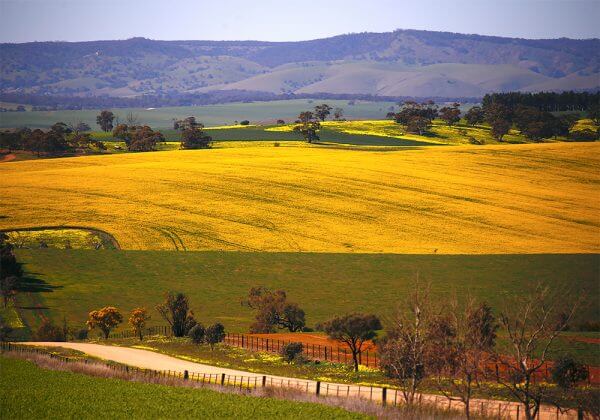
Canola prices expected to remain high
New crop canola prices are more likely to head up than down, says a trader of the commodity.
PI Financial broker Ken Ball says new crop canola is comfortably valued at $840 per tonne right now.
“It’s certainly not likely to come crashing down even with a good crop in Canada, the European Union and the Black Sea,” he said.
Ball believes November canola futures could quickly return to old crop values of $1,000 per tonne if Canada’s 2022 crop gets off to a rocky start.
“It wouldn’t take all that much,” he said.
“We rarely get a 100 percent smooth crop year underway in canola. There’s always problems with too dry, too wet, too cold, too hot somewhere.”
Read More
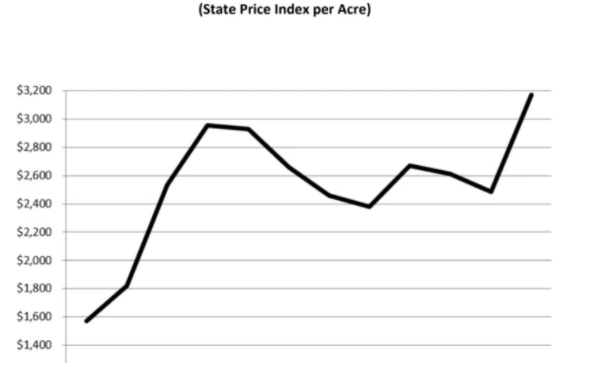
Survey shows North Dakota cropland sales rose 28% in 2021 to highest level ever
FARGO, N.D. – North Dakota farmland values increased by 28% in 2021 to an average of $3,172 per acre statewide, according to an annual survey by an appraiser group. That’s the highest since the $2,953 high set in 2013, beating the old record by $219 per acre.
Land rents also rose heading into 2022, but not as much as land values, and both are expected to “hold steady” into the coming year, according to an annual survey of a farmland appraisal group. This 25th year the North Dakota chapter of the American Society of Farm Managers & Rural Appraisers have compiled a value and cash rent survey.
The non-profit professional organization chapter has about 50 members. The survey, produced through cooperation among competitors, includes actual sales and land rents, but counts only “arms-length” transactions.
Read more…
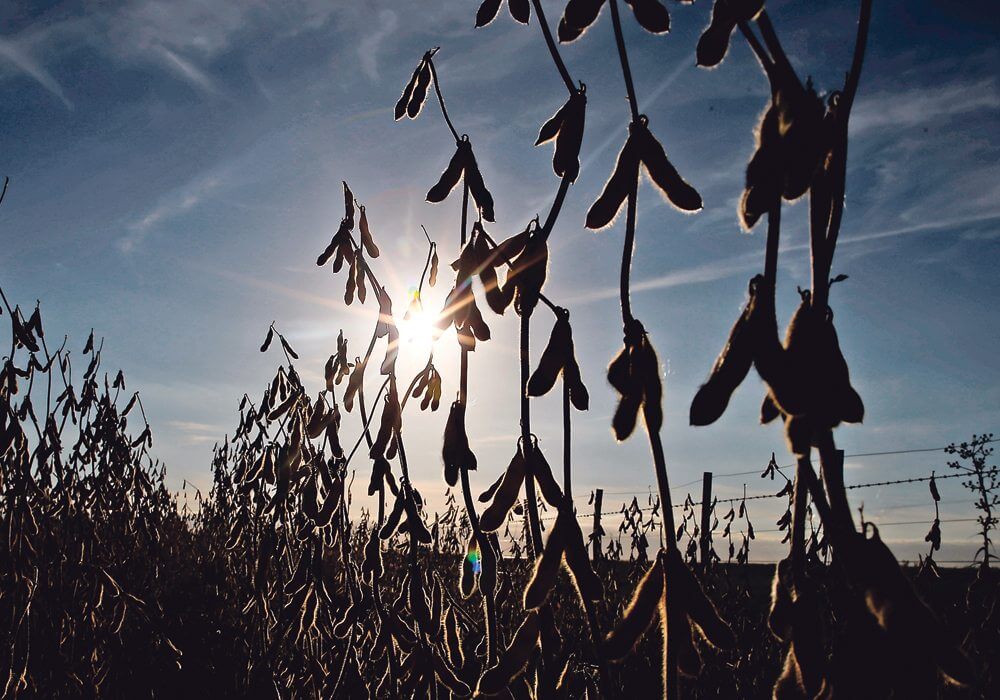
Could soybeans go to $17?
The soybean market, Randy Martinson of Martinson Ag Risk Management says, is in need of retracement.
But with constant new reports trimming expectations of the South American crop and constant new buyers coming to the U.S. for beans, the price just keeps climbing.
Michelle Rook of AgweekTV said soybeans have gained $2.70 since Jan. 18, which Martinson called “just phenomenal.”
Rook asked Martinson, if this continues, how high could it go? On this week’s Agweek Market Wrap, Martinson said if the price climbs above contract highs, he could see it climbing to $16.70 or, “and I hate to say it,” even $17.
Conab made a 15 million metric ton cut to Brazilian soybean estimates, far more than the U.S. Department of Agriculture’s cut of 5 million metric tons. And Martinson said that number could get trimmed even more if forecasts of more hot, dry conditions come true.
Read More ...
New Zealand
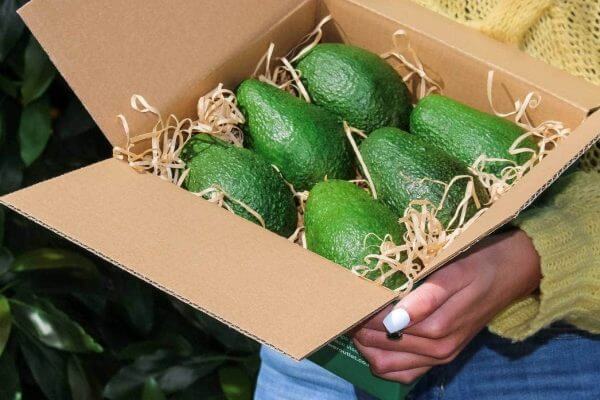
Selling by the box: Avocado industry adjusts to changing world
Switching to selling avocados directly to online purchasers, and not to buyers for supermarkets has been a profitable move for Corey Ramage, who launched Grower Outlet mid-June.
He planted 1200 more trees last year in his Te Puna orchard, adding to his orchard with 30-year-old trees. He is planning to plant again this spring.
Ramage says customer demand for his avocados ordered online by the box was growing. He said selling this way was more satisfying than seeing contractors, drivers and retailers clipping the ticket along the way.
Because of Covid-19, many people were avoiding supermarkets, he said, which helped drive demand for home deliveries.
Read More here…
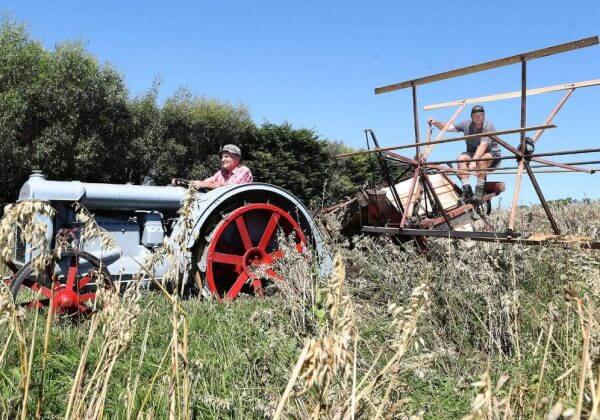
Vintage machinery enthusiast recreates photo to mark milestone
A man with a passion for vintage farm machinery has recreated an image of his 100-year-old grain binder from the 1930s to celebrate its century of service.
Nigel Gamble, of Totara Valley, near Pleasant Point in South Canterbury, thought the best way to celebrate that milestone was to turn back the clock to 1933 and recreate an image of the binder at work.
With the help of his friend, Ian Urquhart, Gamble decided to recreate a photo of the machine taken in action at Orari Gorge Station – with Urquhart providing the 1924 Ford tractor.
Gamble believes the binder he now owns is the same machine in the black and white photograph.
“It’s something Ian and I have talked about for a few years now,” Gamble said.
“The binder turns a hundred this year, and we thought it would be a nostalgic way to celebrate it.”
Read More here…
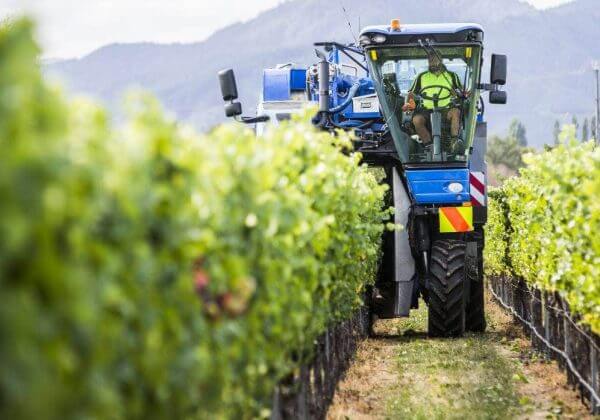
Omicron: Wine industry welcomes new critical workers’ exemption
With harvest around the corner and an unprecedented labour shortage, the Government’s new exemption scheme will help the wine industry, said New Zealand Winegrowers chief executive Philip Gregan said..
The new scheme revealed by the Government on Thursday enables close contacts to keep going to work instead of isolating if they return a daily negative Rapid Antigen Test (RAT).
This will come into effect at phase two of the Omicron plan, when case numbers increase significantly, which is likely to happen within two weeks as the spread of the virus accelerates.
In addition, close contacts who work alone can continue to operate in a bubble of one.
“Our focus is ensuring that our people can continue to work, or can return to work as quickly as possible,” said Gregan.
Read More here
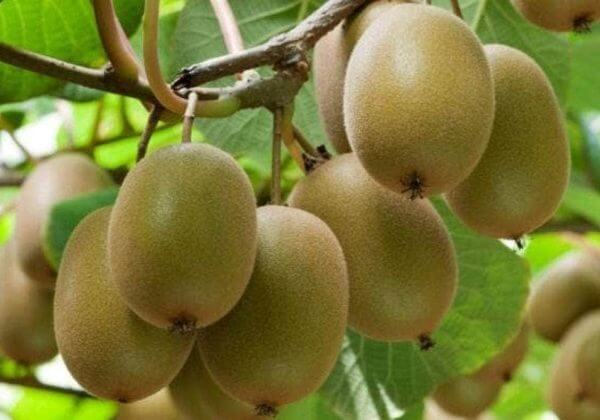
Kiwifruit growing licences not subject to council rates
A group of Kiwifruit growers has won a ratings battle against the Gisborne District Council, with a tribunal concluding that licence fees for G3 Gold Kiwifruit cannot be counted as improvements to the land and would therefore not subject to ratings.
The standoff between growers and council began after the Gisborne District Council included licence costs for the G3 gold Kiwifruit in rating valuations for orchards in the region in 2020. This decision meant a significant increase in rates for growers, with some reporting up to 300 per cent increases as a result.
NZ Kiwifruit Growers Incorporated (NZKGI) did not agree with the council that licences were an improvement to land.
Tim Tietjen, from Bushmere Trust, supported by the NZKGI, brought a case before the Land Valuation Tribunal in 2021. This month the tribunal agreed the council was wrong to include the value of gold kiwifruit licences in its assessment of capital value.
Australia
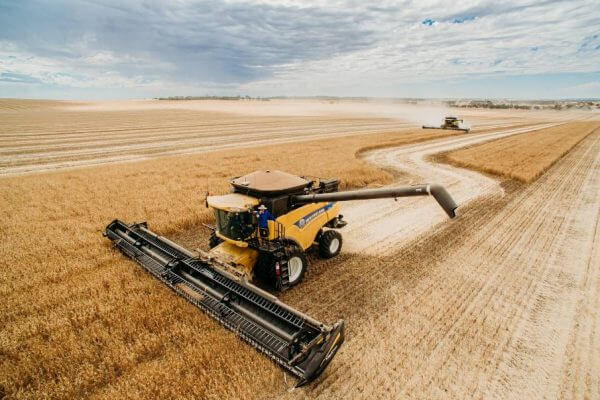
Harvest 2021 reaches the end of the line
OVER the course of the 2021/22 harvest, Western Australian farmers delivered enough grain to CBH Group sites to fill Optus Stadium 17 times over.
The co-operative officially called the end of harvest last Thursday after receiving a record breaking 21.3 million tonnes.
That number surpasses the previous record in 2016/17 of 16.65mt and is 50 per cent more than the five-year average of 14.2mt.
Of the 130 sites that received grain, 40 set new highs for tonnes delivered in one day and 54 exceeded their previous record for total tonnes delivered to the site in one harvest.
CBH acting chief operations officer Mick Daw said the harvest had exceeded all expectations.
Read more here…

GrainCorp boom continues
GRAINCORP continues to take advantage of the near ideal grain growing conditions through its east coast footprint, this week announcing beefed up earnings advice.
The bulk handler said it expected full year 2022 earnings before interest, taxes, depreciation, and amortization (EBITDA) in the range of $480 – 540million, a big step up from FY21’s $331 million.
It is a similar story for net profit after tax (NPAT) with a forecast of a FY22 underlying NPAT2 of $235 – 280 million, up from $139 million for FY21.
GrainCorp managing director Robert Spurway said the strong outlook reflects a big year for the company’s supply chain business, continued delivery of operating initiatives, and high global demand for Australian grain and oilseeds.
“GrainCorp delivered an excellent result in FY21, and I am pleased to report that we expect this performance to be further improved in FY22,” Mr Spurway said.
He said the results were not just down to the good grain growing conditions.
Read more here…
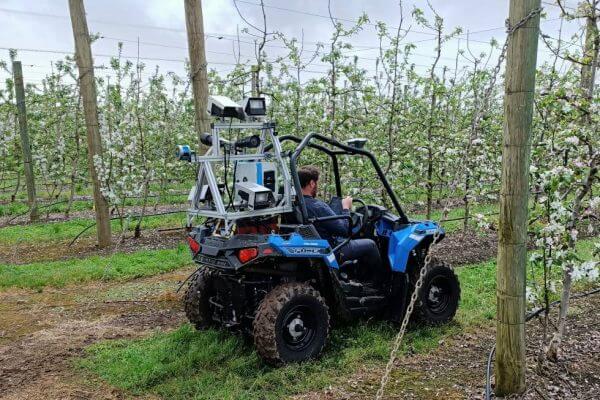
Green Atlas’s orchard mapping examined for effectiveness in WA
A PROJECT will evaluate the effectiveness of orchard mapping and monitoring technology to see if it has commercial viability for Western Australian orchards.
The WA Department of Primary Industries and Regional Development (DPIRD) and Pomewest, a sub-committee of the Agricultural Produce Commission, have joined together to undertake a pilot project at a commercial apple orchard near Manjimup.
The one year project will examine the technology developed by Australian company Green Atlas, which uses a combination of light detection and ranging (LiDAR) remote sensing data and digital images to map and monitor orchard growth, with in-kind support from local supplier Aero Vines.
The project is evaluating the use of the technology to inform orchard thinning and improve the management of the number of fruit on trees, known as crop loads.
Read more here
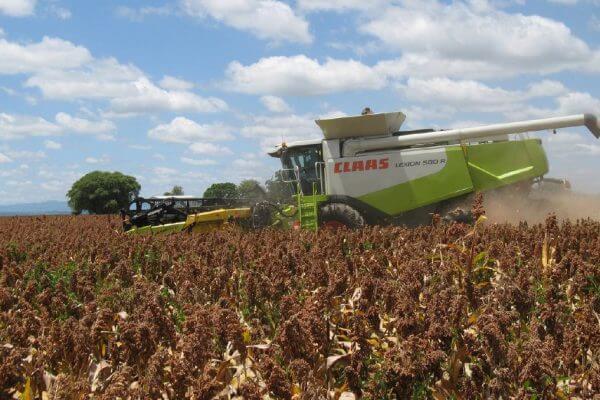
December grain exports climb
Grain exports kicked in December as new season’s shipments begin to find their way into overseas markets.
Government trade data showed that Australia shipped 2.22 million tonnes of wheat, more than 1mt of barley and 288,000 tonnes of canola in December. Combined December wheat, barley, and canola exports of about 3.5mt were around 850,000t higher than November.
A further 80,000t of sorghum was also exported in December, with most of this shipped out of Queensland ports.
Australia’s combined wheat, barley and canola grain shipments are expected to top 4mt in January. Shipping stem data indicated that Australia’s grain exports will be operating at full capacity in January and are expected to maintain this pace well into 2022.
Read more here…
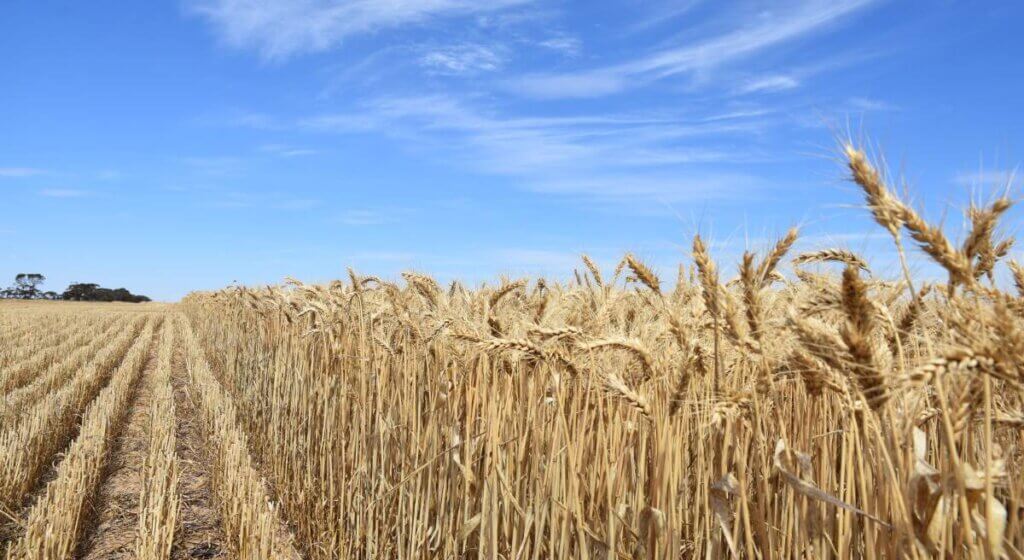
CBH stats outline monster WA harvest
FINAL receival statistics from Western Australian bulk handler CBH back up the extent of the record harvest in the west.
CBH last week reported it had taken 21.3 million tonnes for harvest with receivals virtually finished.
This smashes the previous record into the CBH system of 16.7m tonnes in 2016-17 and is around 50 per cent higher than the long term average of 14.2m tonnes.
Of the 130 sites that received grain, 40 set new highs for tonnes delivered in one day and 54 exceeded their previous record for total tonnes delivered to the site in one harvest.
CBH acting chief operations officer Mick Daw said the figures exceeded all expectations.
Read more here…
South America
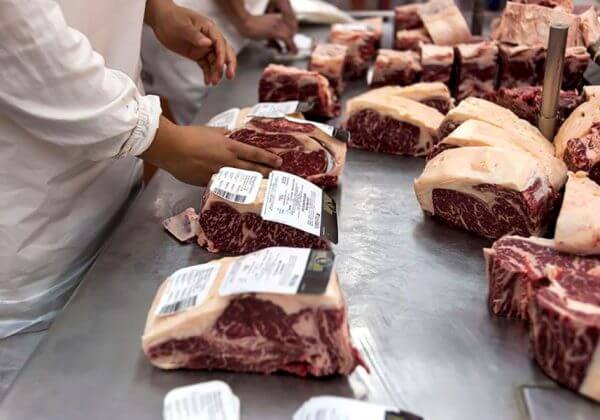
Excellent prospects for Mercosur beef exports, except Argentina
The Argentine beef industry is optimistic about world meat production and global demand this year, with China again playing a leading market role. A report issued by Argentina’s Rosario Stock Exchange (BCR) and the Mercado Ganadero Department (Rosgan), world beef production will reach 58 million tons, representing a 1% increase over 2021.
This prospect would reverse the downward trend seen in 2021, mainly because of the recovery of the meat-packing industries in Brazil and Australia, the world’s first and third-largest meat exporters, respectively.
As for the global flow of imports, the expected average, according to analysts at BCR/Rosgan, is 10 million tons, which would imply an increase of 2.7% compared to last year.
China, which reduced the pace of international beef purchases in 2021 to 950,000 tons compared to more than 1.1 million tons in 2020 will once again represent 32% of global consumption. According to BCR/Rosgan, China accounted for 13% of global meat demand in 2017.
Read More
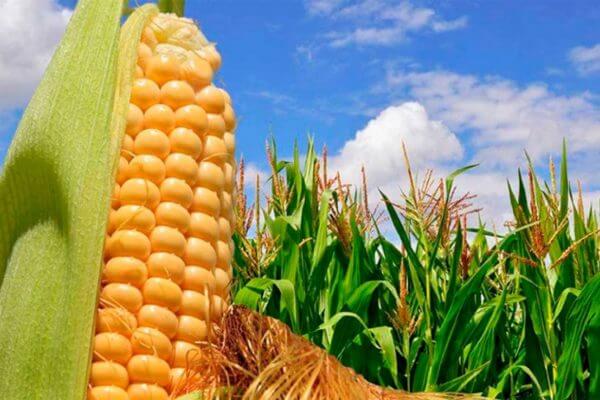
Argentina Slashes Corn Harvest Outlook Over Drought
Argentina’s Buenos Aires grains exchange cut its forecast for the country’s 2021/22 corn harvest to 51 million tonnes on Thursday, down from its previous estimate of 57 million tonnes due to drought that has singed crops in recent months.
According to Reuters, the South American country, the world’s second largest exporter of corn and the top seller of processed soybeans, suffered a prolonged drought from December to mid-January and concerns are rising again about a new dry spell.
“The drop in expected yields in the early planted areas of the grain leads us to cut our harvest projection by 6 million tonnes,” said the exchange in a weekly report, adding rainfall would be key to maintain the new forecast. “Rainfall in the remainder of February will be key to sustaining this volume.”
Last week, the exchange reduced its estimate for Argentina’s soybean crop 2021/22 by 2 million tonnes to 42 million tonnes due to the dry weather at the start of the year.
Read More here…
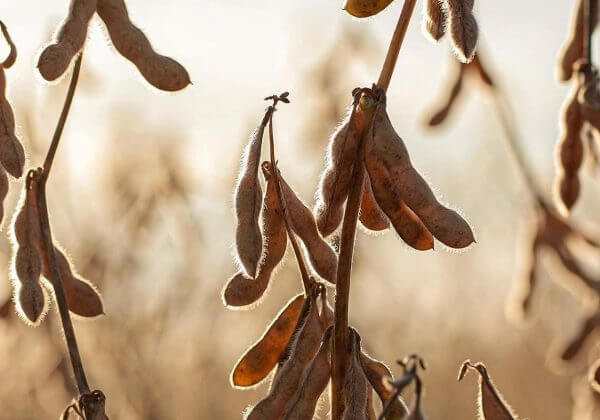
Brazilian rains slow soybean harvest, help second crop corn
The soybean harvest continues to move swiftly in Mato Grosso, reaching 50% complete this week, with the second crop of corn following close behind at nearly 45% complete. Rainfall continues to envelope most of the state this past week and more rain is forecast for this weekend. While this may slow up the soybean harvest, overall these rains are welcomed as it guarantees solid germination for what has been planted so far for the second crop of corn.
The soybean harvest pace is slightly above the historical average and so stopping for a couple days is not a material issue. Due to the sandy soils and no-till system, farmers could receive an inch of rain and still being out in the field the next day with enough sunlight.
Bears would point out that Mato Grosso is looking for a record planted area of second crop corn — 15.5 million acres. Additionally, there are still at least 11 days left in the ideal planting window for second crop corn. We consider Feb. 20 to be the end of the ideal planting window. That is not to say you cannot reach target yields beyond that, but the risk increases each day as the rainy season begins to slow down before the growing season has ended.
Read more here
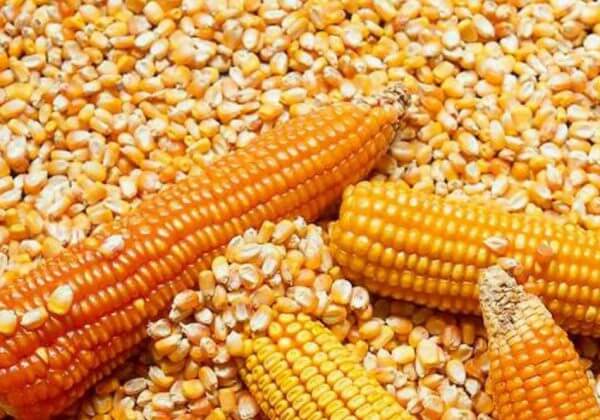
Conab cuts Brazil 2021-22 corn output forecast to 112.3 mil mt
The reduction in the 2021-22 corn production forecast was primarily due to drought, mainly between November and December 2021, in the southern states of Brazil, which was expected to lower the yield of the first corn crop.
Corn yield forecast for the first corn crop has been cut to 5.39 mt/hectare for 2021-22, from 5.495 mt/hectare in the January report.
The first corn crop in Brazil is planted during September-December and harvested February-May, while the second crop is planted February-March and harvested June-July.
Conab also cut its 2021-22 corn export forecast to 35 million mt from 36.68 million mt.
Brazil is one of the top three exporters of corn in the world.
Read more here…
Food Updates
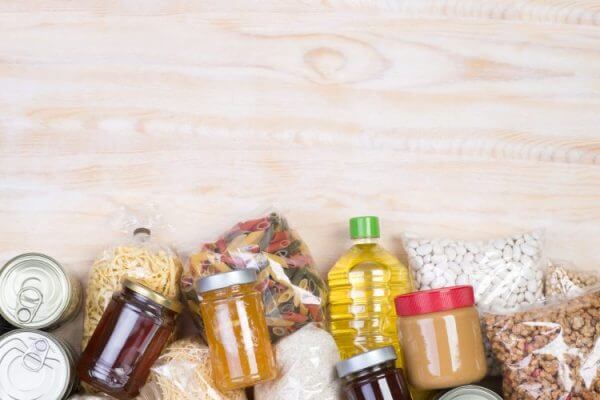
Data shows millions in the UK have experienced food insecurity recently
New data released by the Food Foundation reports that 8.8 percent of households (4.7 million adults) have experienced food insecurity in the past month.
Research by the Food Foundation reveals that 4.7 million adults in the UK have experienced food insecurity in the last month, with one million adults reported that they or someone in their household has had to go a whole day without eating in the past month because they couldn’t afford or access food.
The Food Foundation has put this forward as evidence that soaring energy and food prices, along with the removal of the £20 uplift to Universal Credit, are having a devastating impact on millions of people across the UK.
The research showed that over 60 percent of households have experienced higher energy bills, and 16 percent of UK households have had to cut back on the quality or quantity of food to afford other essentials.
Read more here…

Should we embrace upcycled food?
As the need to be ‘green’ becomes ever more present, New Food’s Editorial Assistant, Abi Sritharan, investigates the challenges and opportunities of using surplus ingredients to create upcycled food products.
You’ve probably heard of the term upcycling – it is most commonly referred to when someone renovates a piece of old furniture – but have you heard of upcycled food? If not, you’re not alone; a 2021 study published in Food and Nutrition Sciences revealed that only 10 percent of consumers were familiar with this term. Interestingly, the research also uncovered that once acquainted with the concept of upcycled food, 80 percent would seek out such products.
Similarly, in a more recent poll by New Food, 43 percent of readers stated they did not know what upcycled food is, while 41 percent said they would – or do – purchase upcycled products.
Read more here…

USDA to publish rule allowing serving of flavoured milk in schools
The International Dairy Food Association has announced its support of the US Department of Agriculture’s final rule maintaining low-fat, flavoured milk in schools.
The US Department of Agriculture (USDA) has announced that it will allow school meal operators participating in the National School Lunch Program and School Breakfast Program to continue serving low-fat flavoured milk to students through the 2023-2024 school year without needing to secure a waiver.
“The announcement from USDA clears up several years of confusion and takes a positive step toward restoring more varieties of milk to the school meals program”, said, Michael Dykes, D.V.M., President and CEO of the International Dairy Foods Association (IDFA), in a statement. “The final rule allows schools to continue to serve milk that students prefer to drink while remaining consistent with the Dietary Guidelines. The rule gives clarity to school meals professionals and food makers as they plan ahead amid supply chain challenges, and it will improve students’ access to dairy products”.
Read more here…
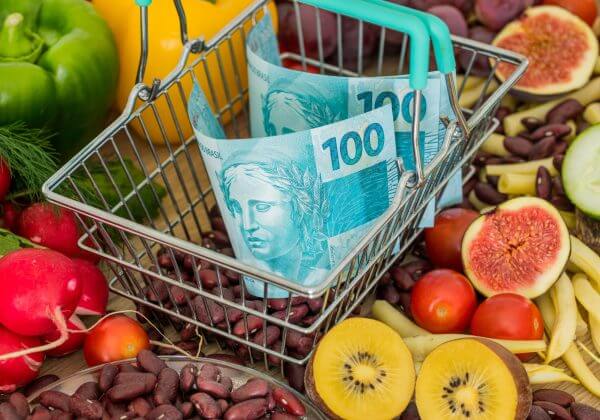
Food prices are soaring and here’s why
World food prices are soaring and approaching record levels that were last seen over a decade ago. This news won’t come as a surprise to many as warnings and discussions around price hikes continue to dominate our news and socials feeds, but what was once hearsay has now transformed into our bleak reality. The price increases have arrived – and have become somewhat more noticeable over recent months.
In fact, data from Kantar shows that in December alone, the four-week grocery price inflation stood at 3.8 percent, with the average monthly household food bill increasing by £15 or more during this period. In a previous Chris’ Corner, I predicted – unfortunately correctly – that this would be the case.
My forecasts were based on three main factors. Firstly, the major retailers I spoke to were already seeing costs increases and knew that this could only be absorbed by themselves and their supply chains for a short time. Secondly, the fallout of the pandemic was likely to result in massive increases in transportation and labour costs due to border closures, lockdowns and illness – and did. The third reason was around the number of reported crop failures we’d been seeing across many parts of the world due to our ongoing climate crisis.
Read more here…
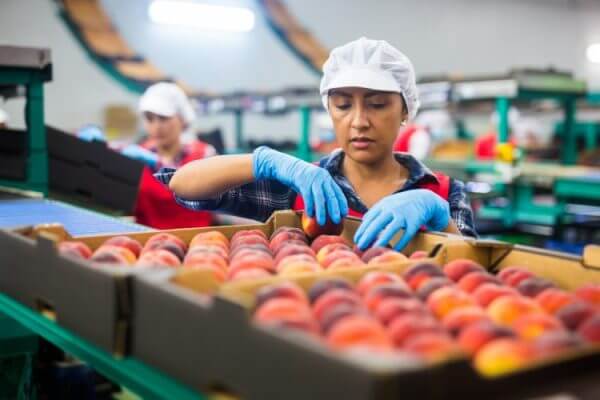
Research claims UK adults shun essential jobs, including those in food
Research claims that sectors critical to putting food on the table and looking after people’s health are at risk as working age adults shun many of the essential jobs that keep society running including food production and logistics to health and social care.
New research from leading skills development organisation, City & Guilds, claims that adults of a working age do not apply for essential jobs in the UK. The research finds that despite key workers seeing the nation through the pandemic, the UK’s most vital industries are being threatened by growing skills shortages, as poor reputations and concerns about low pay turn off potential new recruits.
Based on an Opinium survey of 10,000 working age people in the UK and economic analysis from labour market economists, Emsi Burning Glass UK, data found that, on average, only a quarter of the UK’s talent pool are interested in key worker jobs. This is despite essential roles accounting for half of all UK employment opportunities, demonstrating the gap between the jobs society needs people to do, and their desire to do them, according to City & Guilds.
Read more here…


